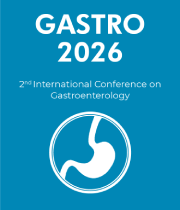Cholecystitis
Cholecystitis is a condition that causes inflammation of the gallbladder. It is usually caused by gallstones blocking the outflow of bile from the gallbladder. The majority of cholecystitis cases are caused by the presence of gallstones. Other causes include infection, trauma, or tumors. Symptoms include abdominal pain, nausea, vomiting, and sometimes fever. The diagnosis of cholecystitis is typically confirmed using imaging tests such as an abdominal ultrasound or computed tomography (CT) scan. Treatment typically involves removal of the gallbladder, which is known as a cholecystectomy. This procedure is usually done laparoscopically, meaning through small incisions in the abdomen. After a cholecystectomy, the bile that is normally stored in the gallbladder is redirected to the small intestines, where it helps the body digest fat and absorb fat-soluble vitamins. The removal of the gallbladder does not typically affect a person’s ability to digest food. Complications can occur following cholecystectomy, especially if the gallbladder was infected. Infection can spread to the abdomen and cause a condition known as peritonitis, which can be life-threatening. Other possible complications include bleeding, infection, and injury to nearby organs. Cholecystitis can be prevented by maintaining a healthy weight, avoiding fatty and greasy foods, and drinking plenty of fluids. It is also important to seek medical attention if you experience any of the symptoms of cholecystitis, such as abdominal pain, nausea, or vomiting.



